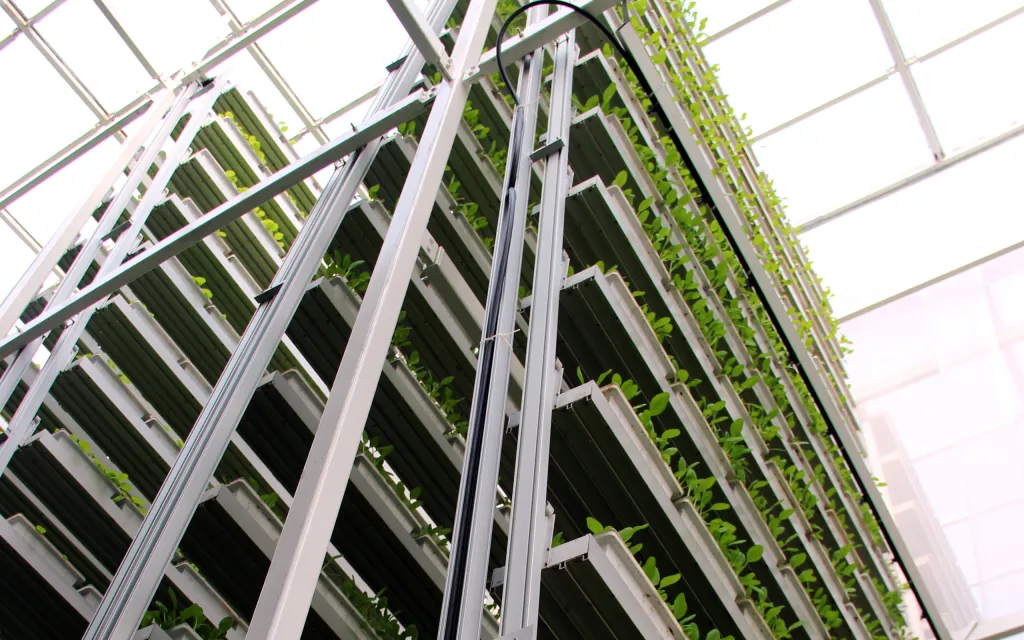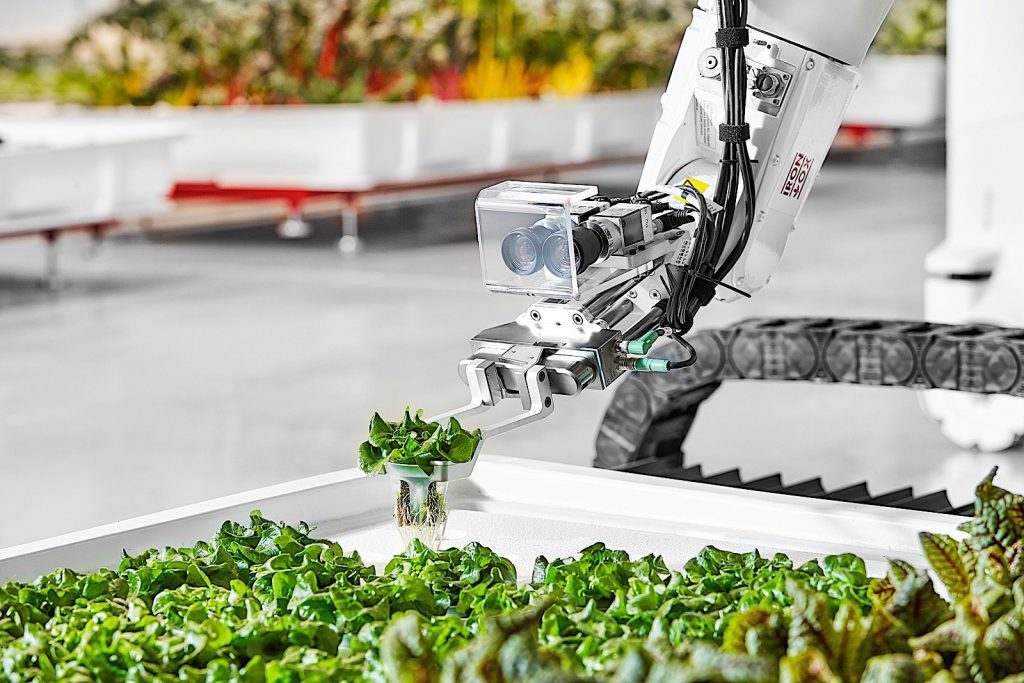https://youtu.be/cP-HB3R-NCo
Is Vertical Farming a Successful Business Model Energy and labor are issues for vertical farming.
Due to the demand for energy to run 24-hour LED lighting, heating and cooling systems, and robots in vertical farms, energy expenses can range from 50 to 70 percent of the cost of items sold There are numerous issues that modern vertical farms address, yet there are still others that many don’t. No of the environment, weather, or season, they allow you to grow a lot of food in a small area. They’re great ways to provide wholesome, fresh food to cities or other places with challenging growing environments.However, in order for vertical farms to continue operating, they must make a profit or at the very least break even.
This is frequently a challenging prospect. Continue reading to learn why and how to launch a lucrative and sustainable vertical farm.Why Aren’t Old-Fashioned Vertical Farms Valuable?There are two major issues that the majority of vertical farms—but not all—must address in order to make money. Both have to do with energy utilization.
Growers must install lighting on each level in tray-based vertical farming systems because the top trays completely block the light from the trays below.
Because of this, they must provide 100% of the lighting needed to grow plants, which will result in significantly higher utility expenses.With this much energy output, their unit economics soar, and they are typically compelled to rely heavily on fossil fuels.
You must figure out a means to cut this energy use and lower the cost of your products if you want to locate a successful and sustainable business opportunity.These operations must find another strategy to save costs because they lack any levers to lower utility costs.
For farms who don’t want to deal with the costs of hiring a workforce, they are made to be self-run systems.
Unfortunately, the scarcity of workers forces them to rely heavily on technology, which raises the amount of electricity needed to maintain their operations.
Many operators are looking for a winning equation, but this is not it.
The Compromise?This kind of vertical farm requires a significant trade-off to operate. By chasing marginal operational reductions while experiencing disproportionate increases in capital expenses, the growth strategy produces an unsustainable cycle.
The price of the goods offered must increase in order to merely break even as these costs climb.The majority of consumers, restaurants, and grocery shops are priced out as a result, making it challenging to find purchasers for the fruit.
Traditional vertical farms won’t be profitable without considerable advancements in lighting technology or ag focused automation, both of which are still in their infancy.
The profitability of many operators will continue to suffer if the anticipated decrease in energy prices is slower than anticipated or doesn’t materialize at all. Using Green Web Technology as a fix
Fortunately, a workable answer is at hand.
In greenhouses filled with growth towers, Green Web Technology constructs and manages vertical hydroponic farms.
Using energy-saving technologies and sunshine, these greenhouses offer five times lower startup costs and five times greater efficiency.
With 30 full-time employees per greenhouse, each receiving a reasonable income and benefits, it is a much more sustainable structure.
Despite this, our greenhouses may quickly make a profit, even with the labor expenditures.
How? Our hyper responsive smart greenhouse systems and microclimate technology have been the focus of ten years of research and development. The following improvements over the typical vertical farm operation are included in them:
90% less light energy is used because natural sunlight is how plants develop.vs hours in a conventional greenhouse, the ramp-up or downtime is only 2 minutes.20% of the environment is conditioned against 100% in a conventional greenhouse.
Comparing continuous nutrition and air infusion to conventional, infrequent watering techniques
All of these aspects increase yield, result in higher-quality products, and provide a quicker return on investment while using less energy, time, and money.
Want to Discover More?


